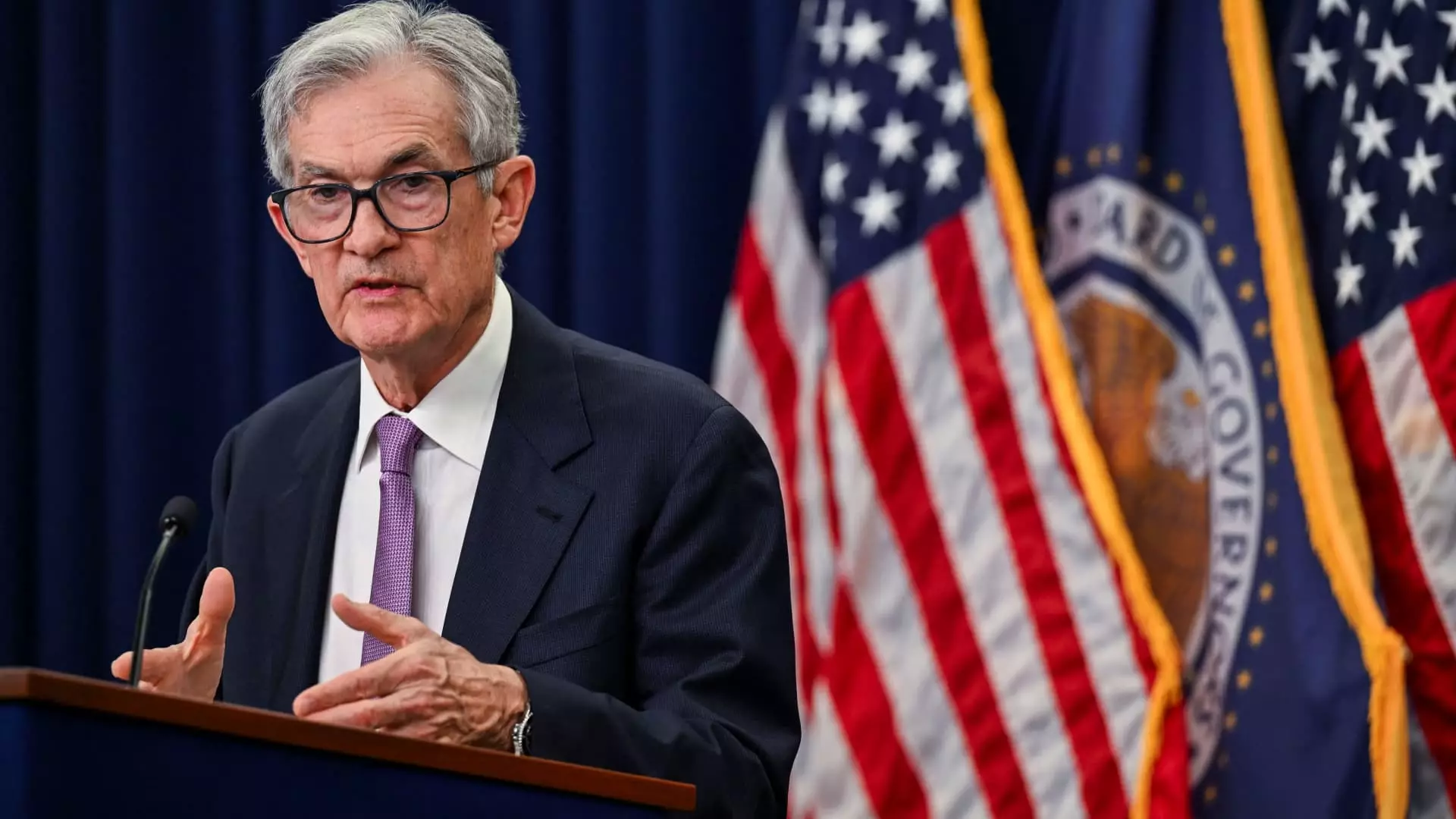On Wednesday, the Federal Reserve revisited its forecasts for interest rates, indicating a more measured approach to potential cuts in the coming years. Initially, the central bank had anticipated more aggressive rate reductions, but ongoing economic assessments have led to a more conservative outlook. The updated “dot-plot” reveals that the expected benchmark lending rate will decrease to approximately 3.9% by the end of 2025, with a narrower range reflecting a revised strategy in addressing the economy’s complexities.
The central bank’s latest meeting not only marked a cut in overnight borrowing rates to a target range of 4.25%-4.5%, but it also highlighted a significant shift in the number of expected rate cuts. In previous forecasts, the Federal Reserve had aimed for four quarter-point cuts in 2025. However, the current projection has been trimmed to just two cuts, emphasizing a more cautious approach. The sentiment among Federal Open Market Committee (FOMC) members reflects a growing awareness of the unpredictable economic landscape and the need for prudent financial policies.
The updated dot-plot—a visual representation of the interest rate predictions of individual FOMC members—provides valuable insights into the Fed’s expectations. A majority of committee members forecast either two or fewer rate cuts in 2025, with only a minority anticipating more significant reductions. This divergence in predictions illustrates the inherent uncertainty in economic forecasting and the varying perspectives among policymakers regarding inflation trends and overall economic health.
The Fed’s latest updates indicate rising concerns regarding inflation, with projections for headline and core inflation rates being nudged upward to 2.4% and 2.8%, respectively. These adjustments reflect the central bank’s monitoring of inflationary pressures that could affect consumer spending and investment. Moreover, the committee has increased its GDP growth estimate for the current year to 2.5%, signaling a stronger economic performance than previously expected. However, there’s a projection of slowing growth beyond the short term, aligning closer to a long-term average of 1.8% as the economy transitions through various stages.
Unemployment Trends and Future Outlook
Compounding these adjustments, the Federal Reserve has lowered its unemployment rate estimate from 4.4% to 4.2%, suggesting a more optimistic view on labor market conditions. This decline in unemployment underscores the ongoing robustness of the job market, despite the potential for economic deceleration. The Fed’s evolving views highlight the balancing act it must maintain—navigating inflation and growth while ensuring that the labor market remains resilient.
The Federal Reserve’s recent updates on interest rate projections signal a changing economic narrative, emphasizing a more cautious stance in light of inflation and growth expectations. As policymakers grapple with shifting economic indicators, the need for flexibility and vigilance in monetary policy becomes paramount. The ability to adapt to market signals while remaining focused on overarching economic goals will be crucial as the Fed strives to guide the economy through uncertainty.

